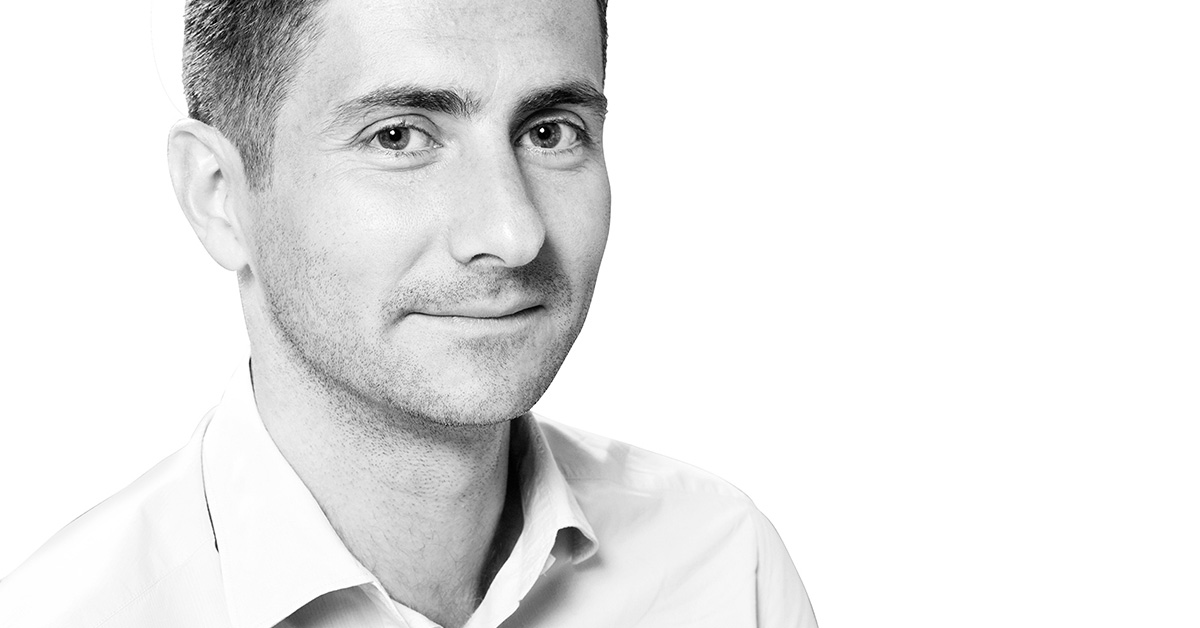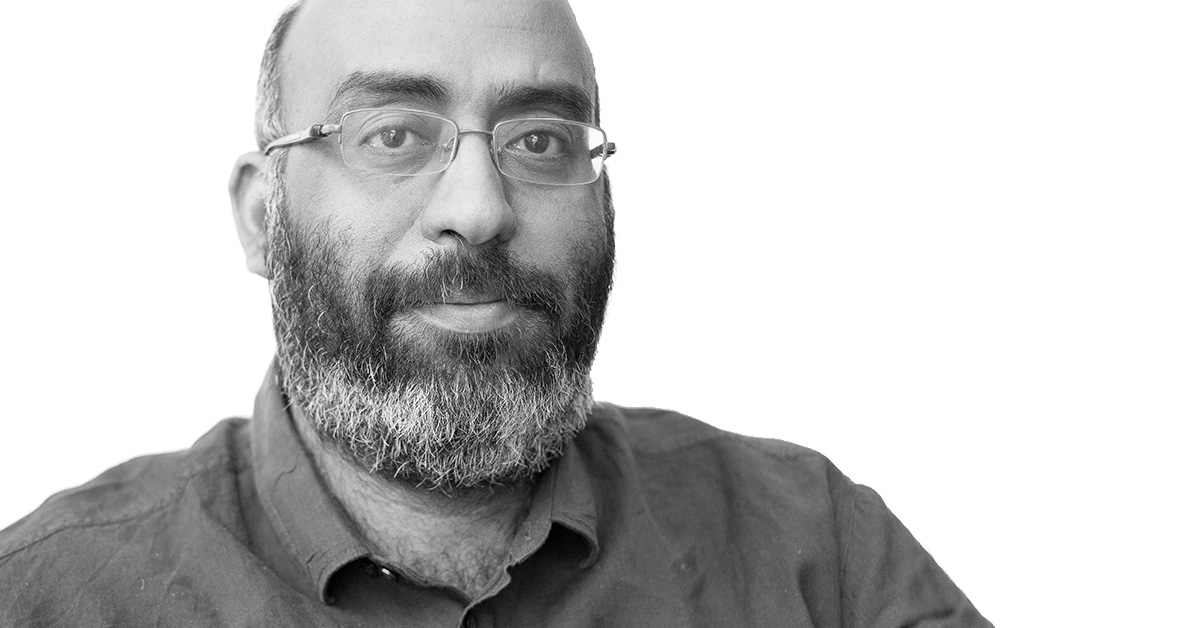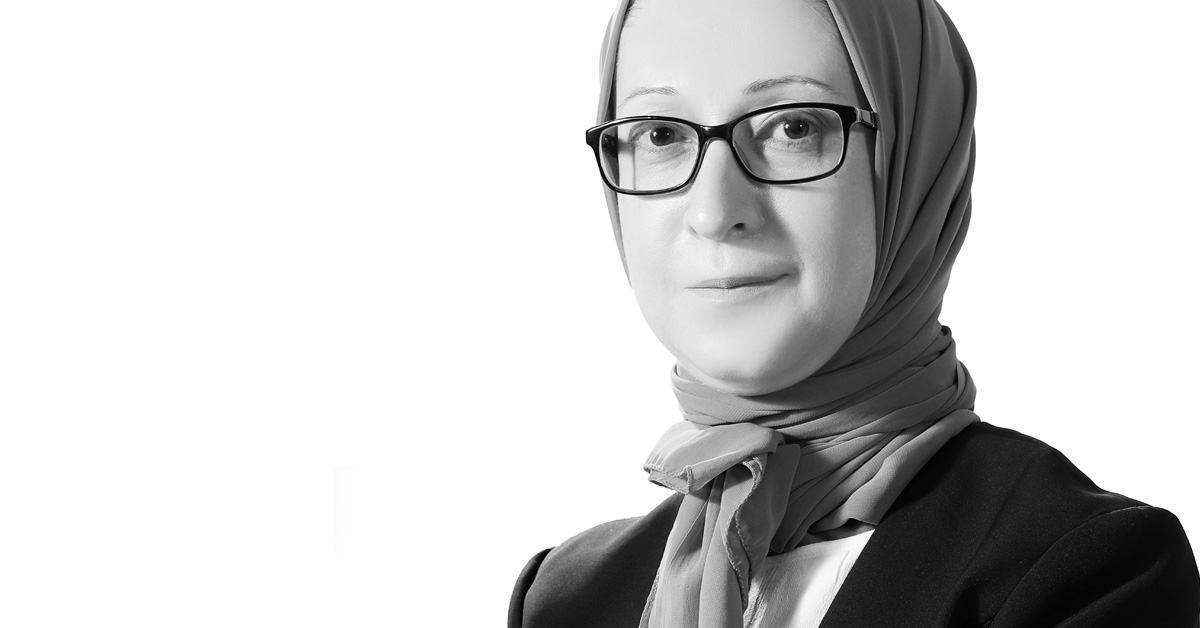
Peter is a Senior Architect who values utmost clarity and functionality in design, coupled with a respect for context. He brings strong problem-solving and visual communication skills to Omrania.
Why did you join Omrania?
I had previously worked in Saudi Arabia on the master planning for Makkah and Madinah. This experience was quite unique, and made me interested in pursuing further work in Saudi Arabia. When the opportunity arose for a job at the highly regarded company of Omrania in 2014, I was open and ready to begin this new chapter.
What are your 3 favorite projects you have worked on? And why?
Architectural Heritage Museum Project
This project combined good design with my interest in culture, architectural history and preservation. The team on this project got to delve into the history of a place as a way of shaping a building.
MoFA (Ministry of Foreign Affairs) Headquarters Expansion Project
I like working on complex projects. This one had extensive programmatic requirements and some significant site restrictions, which when taken together helped to bring about a unique and contextualized design solution.
Camel Market and Heritage Village Project (the first, unrealized version of this ongoing project)
This was my first significant project at Omrania. Some people might not realize how interesting a camel market design could be, from managing the complex movements for merchants and tourists, to learning about and finding solutions for the various cultural particularities involved.
What aspect(s) of your work do you find most engaging?
I enjoy the challenge of a good puzzle and I find architectural design to be just that on a grand scale. I get a real satisfaction from bringing together all the available information on a particular project and creatively putting it together in a way that meets (and hopefully exceeds) requirements. Of course doing so in an elegant and sensitive way is an essential part of this challenging puzzle.
What aspect(s) of architectural design matter to you most?
I am concerned about creating “timeless” design, based on principles that always stay relevant, regardless of current trends in the design world. To me clarity and functionality are synonymous and paramount. To that I would add creating a “sense of place,” as a response to the site and landscape, answering to an urban context, or simply creating an enduring enclosure for a particular space.
Why does visual communication play such a big part for you, and how does photography fit in?
I think visual communication is very relevant to architecture, and sometimes maybe a little undervalued. In my pursuit of design that is clear, functional and expressive, I rely heavily on the way the building communicates visually. Throughout the design process, I ask myself how clear is the idea that I am pursuing and how appropriate is the resulting space for the function it needs to serve? These things should ultimately be working harmoniously together and reinforcing a common idea and expression.
Photography is a tool I use in parallel to design because it helps me to visualize things, and I find the process of taking pictures much like distilling a design concept. It is a process in which you need to remove all other distractions until you are left with the essence of what you are trying to communicate. In photography you do so by selectively framing the image until it shows just what is relevant; in architectural design you do so by refining a concept until the clarity of it is unhindered by anything else.
Are your travels somehow related to your design process?
Yes, they are. It’s no secret that I love to travel and experience new cultures and places. Part of it is just my curiosity, but part is academic. I find traveling to be very valuable in gaining an understanding of what people’s needs are and how they adapt to their environments to fulfill them. People everywhere strive to provide shelter and create a sense of community, but they all do it in different ways. Seeing this all over the world, and seeing the endless creativity in regional variations of making buildings and building communities, is incredibly interesting, inspiring and humbling.
How have you benefited from working internationally?
Working internationally, one is exposed to different cultures, often resulting in different ways of doing one’s job. It is stimulating to see familiar things from a different perspective, and to adapt one’s methods to work effectively within various contexts.
What do you enjoy most about working at Omrania?
We are very lucky to have a good number of talented, smart people among us. It is a real pleasure to work collaboratively with them. Additionally, our company has gone through a lot of effort to establish a positive, encouraging and supportive work environment. These things all make a difference.







